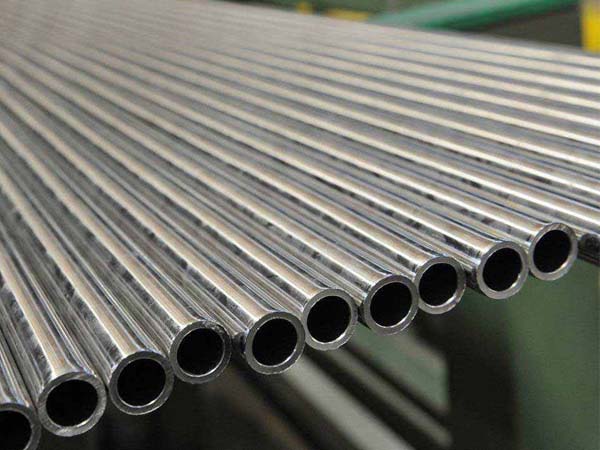
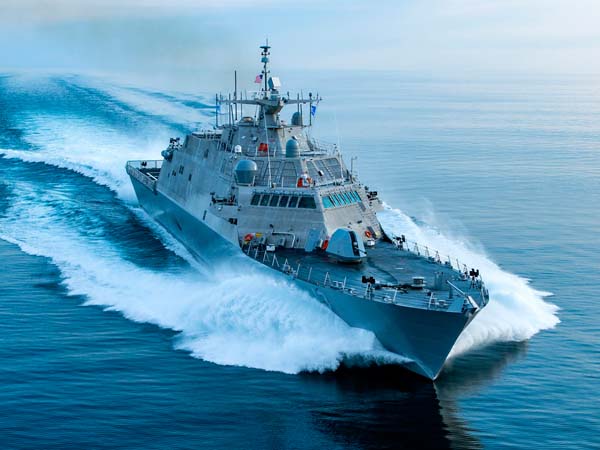
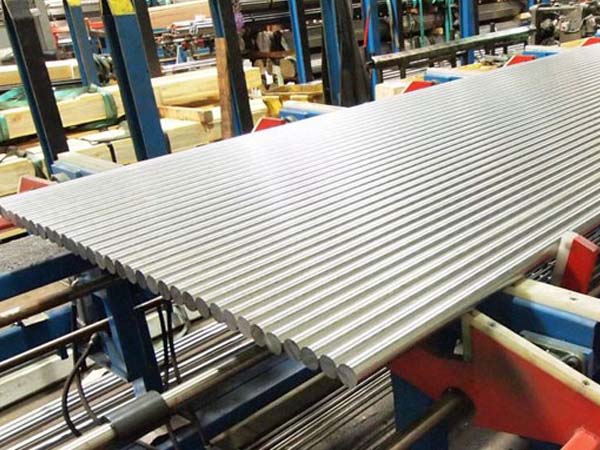
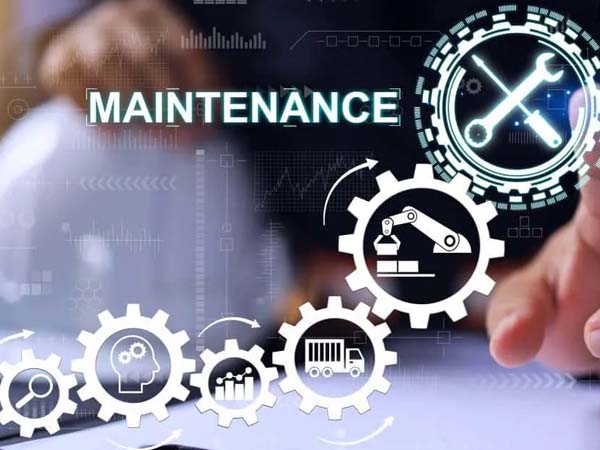
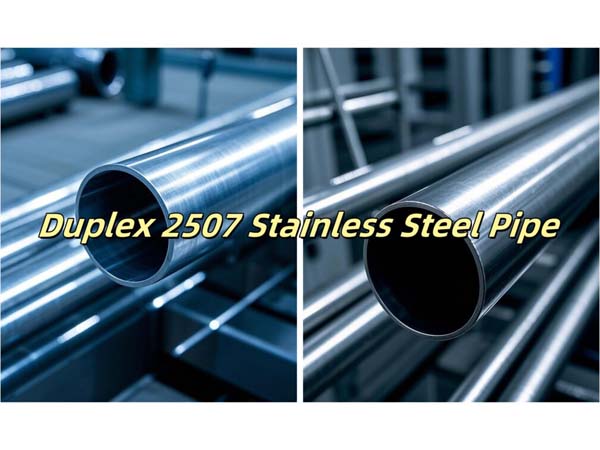

Phone
+86-731-82250427
Address
25th floor, C3 Building, Wanda Plaza, Kaifu District, Changsha, Hunan Province, China.
 Mar 11 2025
Mar 11 2025Q: What is the 2507 stainless steel plate?
A: 2507 stainless steel plate is a super duplex plate known for its exceptional combination of high strength and corrosion resistance. It features a dual-phase microstructure of ferrite and austenite, which provides superior mechanical properties and corrosion resistance compared to conventional duplex grades. This alloy is designed for demanding applications where high resistance to chloride-induced stress corrosion cracking, pitting, and crevice corrosion is required.
Q: What is the chemical composition of 2507 Plate?
A: Chromium (Cr): 24.0% to 26.0%
Nickel (Ni): 6.0% to 8.0%
Molybdenum (Mo): 3.0% to 5.0%
Nitrogen (N): 0.24% to 0.32%
Carbon (C):≤0.03%
Sulfur (S):≤0.02%
Phosphorus (P):≤0.035%
Q: What are the mechanical properties of Duplex 2507 Plate?
A: Yield Strength: Minimum 80 ksi (550 MPa)
Tensile Strength: Minimum 116 ksi (795 MPa)
Elongation: Minimum 15%
Q: Is 2507 stainless steel plate magnetic?
A: Yes, Duplex 2507 exhibits magnetic properties due to the presence of ferrite in its microstructure. This is a common characteristic of duplex stainless steels.
Q: What are the recommended welding practices for Duplex 2507 Plate?
A: Use welding methods like GTAW (Gas Tungsten Arc Welding) or GMAW (Gas Metal Arc Welding). Preheating is generally not necessary, but interpass temperatures should be kept below 100°C (212°F) to prevent embrittlement. Use 2507/P100 filler metal to ensure optimal corrosion resistance.
Q: What are the limitations of 2507 Plate?
The alloy's high chromium, molybdenum, and nickel content makes it more expensive than conventional stainless steels. Additionally, its low machinability (10-30%) requires specialized tooling and slower machining speeds, and prolonged exposure to temperatures above 570°F (300°C) can reduce toughness and lead to embrittlement.
Q: What are the major applications of 2507 stainless steel plate?
A: Oil and Gas Industry: Offshore platforms, pipelines, and subsea equipment.
Chemical Processing: Equipment handling corrosive chemicals and acids.
Marine and Desalination: Desalination plants, seawater pipelines, and marine structures.
Power Industry: Flue gas desulfurization (FGD) systems and scrubbers.
